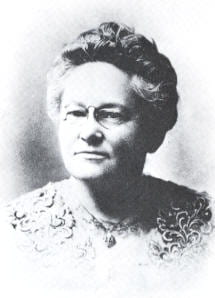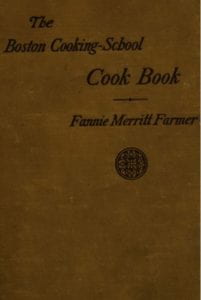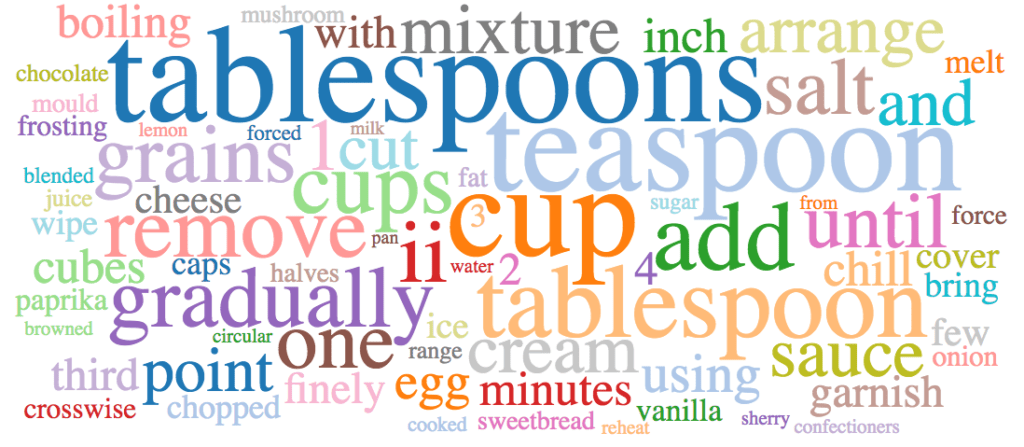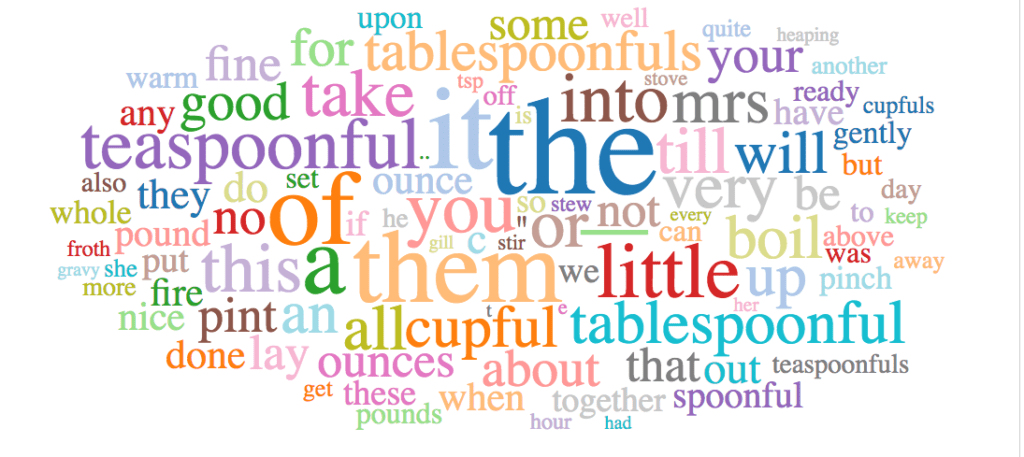Here are the topic modeling results for the United States government publications in the collection. The ten word clouds in the chart below show different topics or clusters of words that recur across all of the texts. The names of the topics were not generated by the algorithm but rather added as a way to label and interpret the clusters. While it is impossible to draw definitive analytical conclusions, the topics do provide a interesting snapshot of the subject matter.
The government publications include primarily military cooking manuals with some additional USDA recipe booklets focusing on nutrition and use of substitute ingredients during wartime rationing. The subject matter of these publications is quite different from the rest of the cookbooks in the collection and this difference is demonstrated in the topic word clouds. The topics represent a more clearly defined, scientific approach to cooking with clear groups of ingredients and measurements. Topic 2 (dairy), topic 5 (bread), topic 6 (stew), topic 7 (meat), and topic 10 (equipment) are all quite straightforward descriptions of basic kitchen items. Topic 4 (meat analysis) and topic 9 (bread analysis) emphasize weights, measures, and nutrition terms such as results, protein and digestibility. Topic 1 (mess hall) includes words such as men, mess, recipe, meal, rations and serves to describe the daily workings of a military kitchen. Topic 8 (labor and costs) addresses the economic aspects of running a large food service operation.
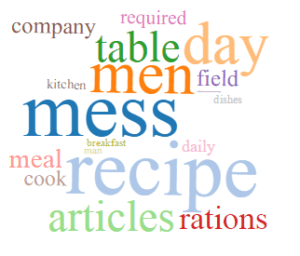 |
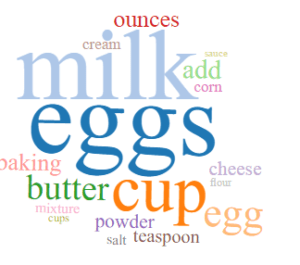 |
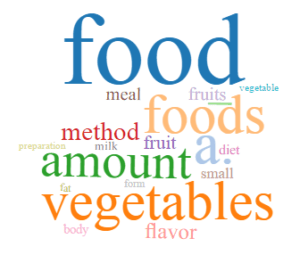 |
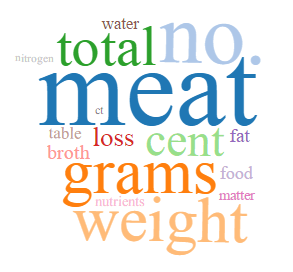 |
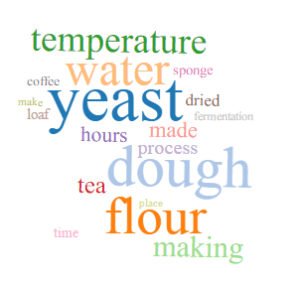 |
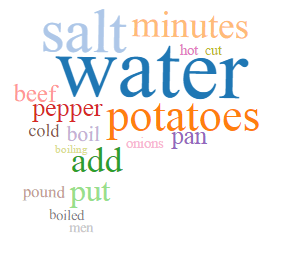 |
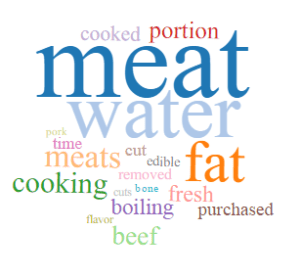 |
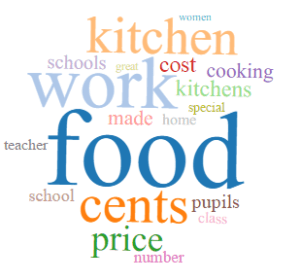 |
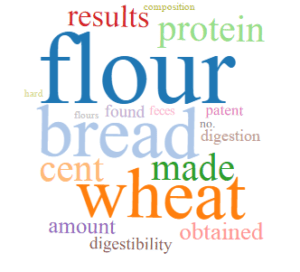 |
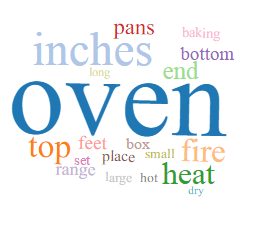 |


